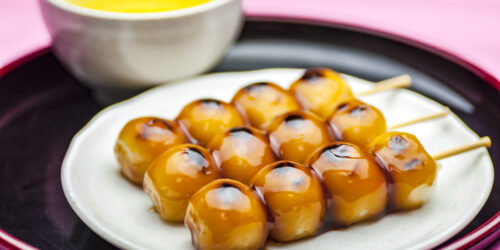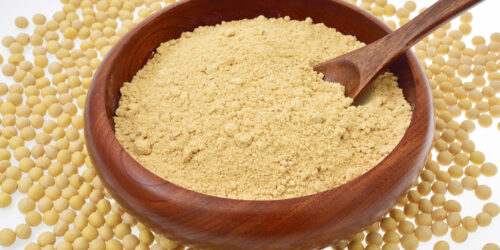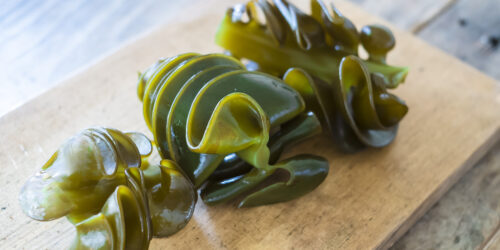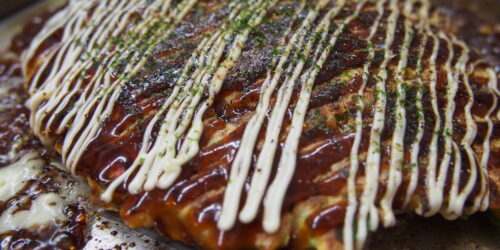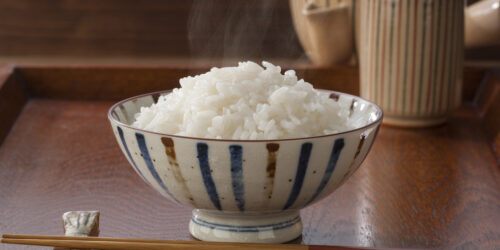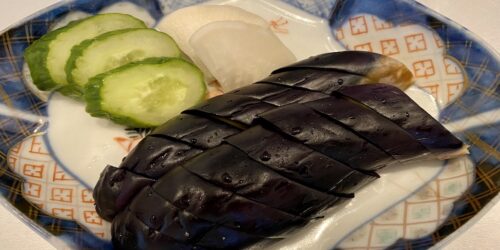The 10 Different Types of Sake
Sake (Japanese rice wine) can be roughly divided into two: Tokutei meisho shu (sake with a specific class name) and ordinary sake.
This is classified by differences in raw materials, manufacturing methods, etc under the liquor tax law of Japan.
Sake that does not correspond to specific class name sake is called futsushu (literally, ordinary sake).
There are actually 10 types of sake in total when classified in detail: 8 types tokutei meisho shu (sake with a specific class name) and 2 types futsushu (ordinary sake).
First of all, let’s see the 8 types of sake with a specific class name!
1. Junmai Sake (純米酒)
Junmai sake is a sake made only from rice and koji rice.
The first 4 types of sake out of 10 are all categorized in this Junmai sake.
The reason why there are 4 different types of Junmai sake is that there is a regulation of rice polishing ratio. The rice polishing ratio refers to the percentage of the rice core used in manufacturing.
For example, if the rice polishing ratio is 70%, it means that the sake wastes 30% of the outside of brown rice as bran, and 70% of the inside is used as a raw material of sake.
Basically, it’s said that the lower the rice polishing ratio, the higher the quality.
Junmai Daiginjo Sake (純米大吟醸酒)
Raw Materials: Rice, koji rice, and water
Characteristics:
・The rice polishing ratio of raw rice is determined to be 50% or less.
・Most of them are relatively expensive sake.
・The unique flavor and color are great.
・This type is made with ginjo brewing method*.
*Ginjo brewing means the method for making sake by fermenting at low temperature for a long time, and use well-polished rice (rice polishing ratio of 60% or less).
Junmai Ginjo Sake (純米吟醸酒)
Raw Materials: Rice, koji rice, and water
Characteristics:
・The rice polishing ratio of raw rice is determined to be 60% or less.
・Since this determined ratio is the same as the one of (the following #3) special Junmai sake, the quality of sake is also the same as that in some cases.
・The unique flavor and color are great.
・This type is made with ginjo brewing method*.
Special Junmai Sake (特別純米酒)
Raw Materials: Rice, koji rice, and water
Characteristics:
・The rice polishing ratio of raw rice is determined to be 60% or less, or Junmai sake with a special manufacturing method.
・The quality of sake varies depending on the type of raw material.
・The flavor and color are great.
Junmai Sake (純米酒)
Raw Materials: Rice, koji rice, and water
Characteristics:
・Traditional Japanese sake
・There is no regulation based on the rice polishing ratio.
・It’s also called Junmai brewed sake.
・Many types have a rich taste.
・The taste differs depending on the degree of polishing of the raw rice.
・The flavor and color are good.
So far I have explained 4 types of Junmai sake.
Next, let’s check the rest of 4 types of sake out of 8 types of sake with a specific class name.
The rest of 4 are categorized in Honjozo sake.
2. Honjozo Sake (本醸造酒)
Honjozo sake is a sake made from rice and koji rice, and distilled alcohol. Distilled alcohol means alcohol used for food. It’s not a chemical, but it’s a plant origin, and mainly made from sugar cane.
Distilled alcohol will add flavor and aroma, and will make the taste milder.
Most importantly, the amount of added distilled alcohol has to be less than 10% of the total weight of white rice to define the sake as Honjozo sake.
Daiginjo Sake (大吟醸酒)
Raw Materials: Rice, koji rice, water, and distilled alcohol
Characteristics:
・The rice polishing ratio of raw rice is determined to be 50% or less.
・The unique flavor and color are good.
・This type is made with ginjo brewing method*.
・The purpose of adding distilled alcohol is not increasing its volume, but to affect the yeast during fermentation to make delicious sake. So the amount of distilled alcohol is a little.
*Ginjo brewing means the method for making sake by fermenting at low temperature for a long time, and use well-polished rice (rice polishing ratio of 60% or less).
Ginjo Sake (吟醸酒)
Raw Materials: Rice, koji rice, water, and distilled alcohol
Characteristics:
・The rice polishing ratio of raw rice is determined to be 60% or less.
・The unique flavor and color are good.
・This type is made with ginjo brewing method*.
・The purpose of adding distilled alcohol is not increasing its volume, but to affect the yeast during fermentation to make delicious sake. So the amount of distilled alcohol is a little.
Special Honjozo Sake (特別本醸造酒)
Raw Materials: Rice, koji rice, water, and distilled alcohol
Characteristics:
・The rice polishing ratio of raw rice is determined to be 60% or less, or Honjozo sake with a special manufacturing method.
・The flavor and color are great.
・Sometimes the amount of distilled alcohol is bigger than other Honjozo sake.
Honjozo Sake (本醸造酒)
Raw Materials: Rice, koji rice, water, and distilled alcohol
Characteristics:
・The rice polishing ratio of raw rice is determined to be 70% or less.
・The flavor and color are good.
・Sake with 120 liters or less of distilled alcohol added per ton of raw rice.

That’s all for 8 types of sake with a specific class name!
As I mentioned at the very beginning, sake can be roughly divided into two: Sake with a specific class name and ordinary sake.
So, we need to see the last 2 types of “ordinary sake” to finish up all of 10 types of sake.
3. Ordinary Sake (普通酒)
Raw materials of ordinary sake is the same as #5-8: Honjozo sake (本醸造酒), but the difference is the amount of distilled alcohol that is added to the sake. The amount of alcohol added in ordinary sake is more than 10%.
Ordinary Jozo Sake (普通醸造酒)
Raw Materials: Rice, koji rice, water, and distilled alcohol
Characteristics:
・Generally the amount of distilled alcohol is more than Honjozo sake.
・There is no regulation based on the rice polishing ratio.
Increased Sake (増醸酒)
Raw Materials: Rice, koji rice, water, and distilled alcohol
Characteristics:
・It’s a blended sake with sanbai zojo shu (triple swelled sake). Triple swelled sake means that it’s tripled in volume in the manufacturing process by adding distilled alcohol and brewing sugar.
・There is no regulation based on the rice polishing ratio.
Summary
#1-4: Junmai Sake (Sake with a specific class name) → Made from only rice and koji rice / No additional alcohol
#5-8: Honjozo Sake (Sake with a specific class name) → Additional alcohol has to be less than 10% of the total weight of white rice
#9-10: Ordinary Sake → Additional alcohol can be more than 10% of the total weight of white rice
By the way, it’s said that 70% of all sake in Japan is categorized in ordinary sake.
Actually, other than the above 10 types of sake, you can also divide sake by product condition and storage period.
Please check here to deep dive into types of sake!
How Many Types of Sake Are There?

